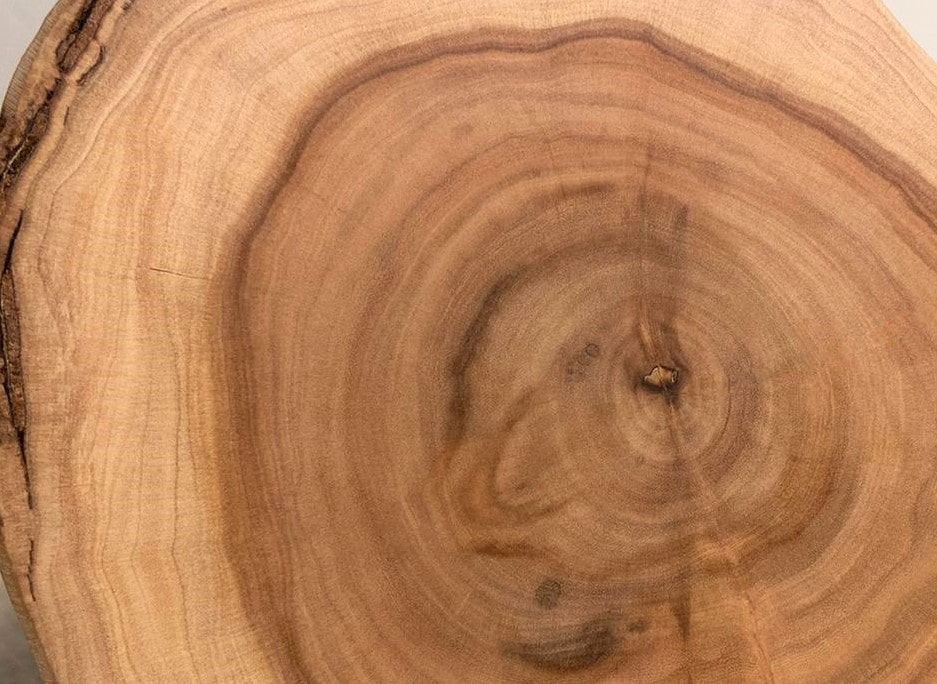AN ENDANGERED TREE,
A PRECIOUS PRODUCT
East Indian Sandalwood (latin: Santalum album) is deeply rooted in the cultures of India, Sri Lanka and the Middle East. It is one of the most extraordinary and precious resources in the world and has been used for more than 2000 years.
In Europe, the use of East Indian Sandalwood oil in fine fragrances as base note is well known. Along with its long-lasting, woody fragrance, Sandalwood oil has excellent carrier properties and is used as a core component in perfumes worldwide. Equally unique are the dermatological and other medical properties of East Indian Sandalwood oil.
At Santanol, we have found the perfect balance between a high-quality raw material, protecting nature, its resources and securing a long-term sustainable supply.
A tree that makes a difference
East Indian Sandalwood – Santalum album
East Indian Sandalwood is a medium-sized, hardwood tree and a valued tree of the Sandalwood family. East Indian Sandalwood is a hemiparasite that needs a host plant to grow. The tree combines with the roots of these host plants to provide itself with nutrients and water, using different host plants during its growth phases. The tree also needs special conditions in order to thrive: fertile and well-draining soil, sufficient irrigation during the dry season, a subtropical climate, and ideally a protected location offering shelter from storms and elements.
In its natural environment, it can take from 35 to 60 years until commercial amounts of oil are produced in the heartwood of the tree. Santanol plantations can be harvested after 15 to 16 years. Santanol creates the best possible growing conditions with each tree surrounded by host trees and provided with water and nutrients as required.

West Australian Sandalwood - Santalum spicatum
West Australian Sandalwood trees grow in the untouched deserts of Western Australia and has learned to adapt to the harsh climate. A native Australian tree, it has been used by Indigenous people for several thousand years and plays a significant role; in rituals to calm and align body, mind, and soul. Santalum spicatum is also known for its antimicrobial effects and is used to treat cuts and infections. West Australian Sandalwood is managed by the Forest Products Commission (FPC) – a Western Australian Government Department - , and the Sandalwood tree is only harvested under strict regulations which have been in place since 1929.

